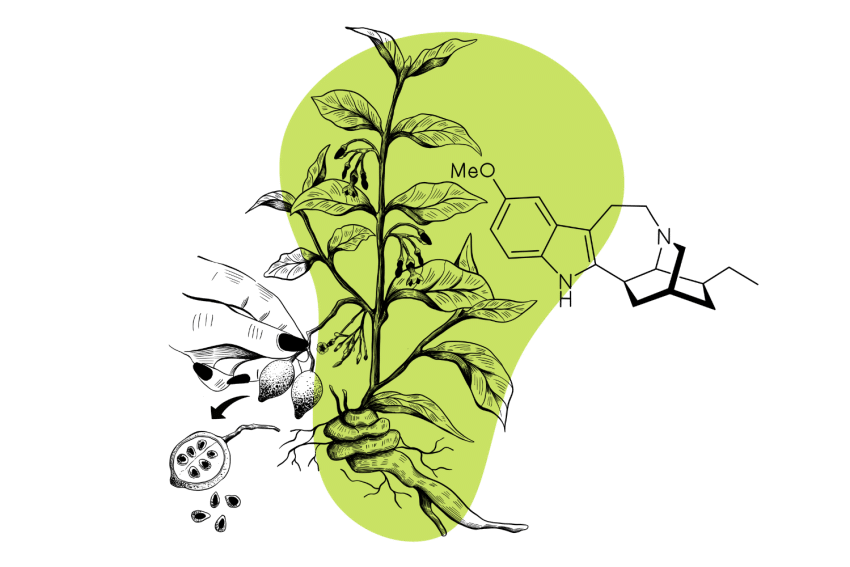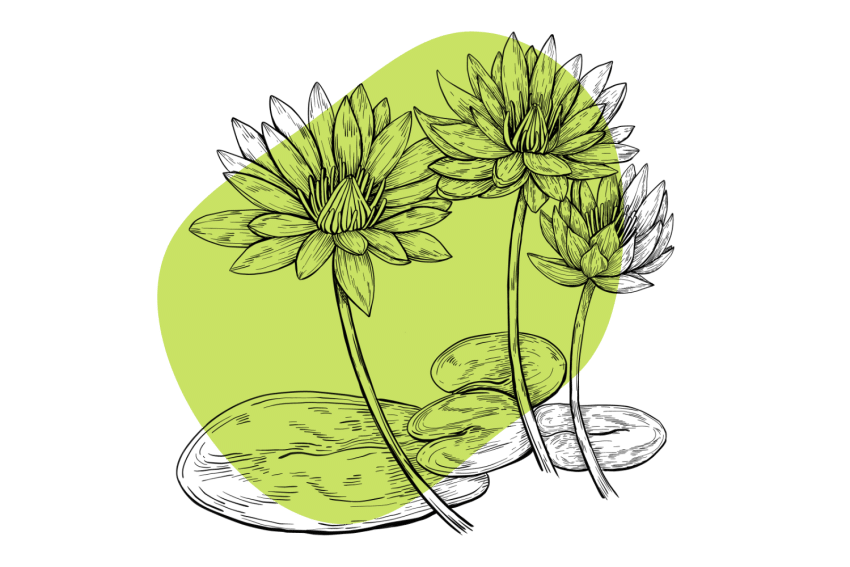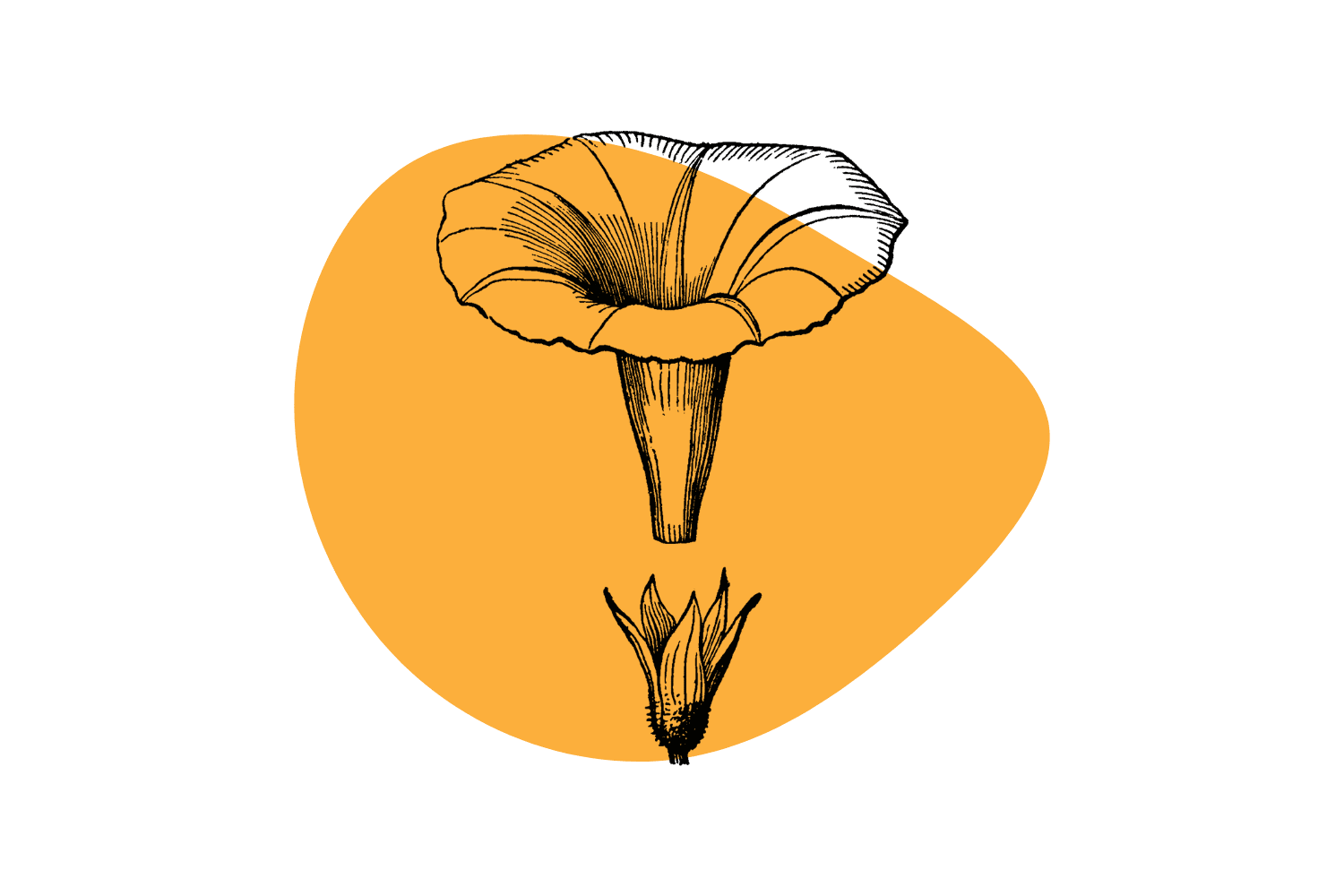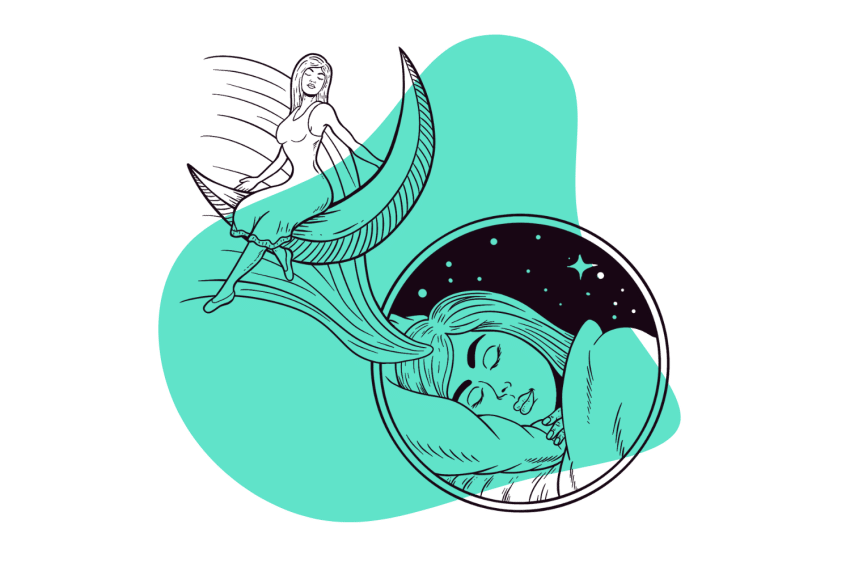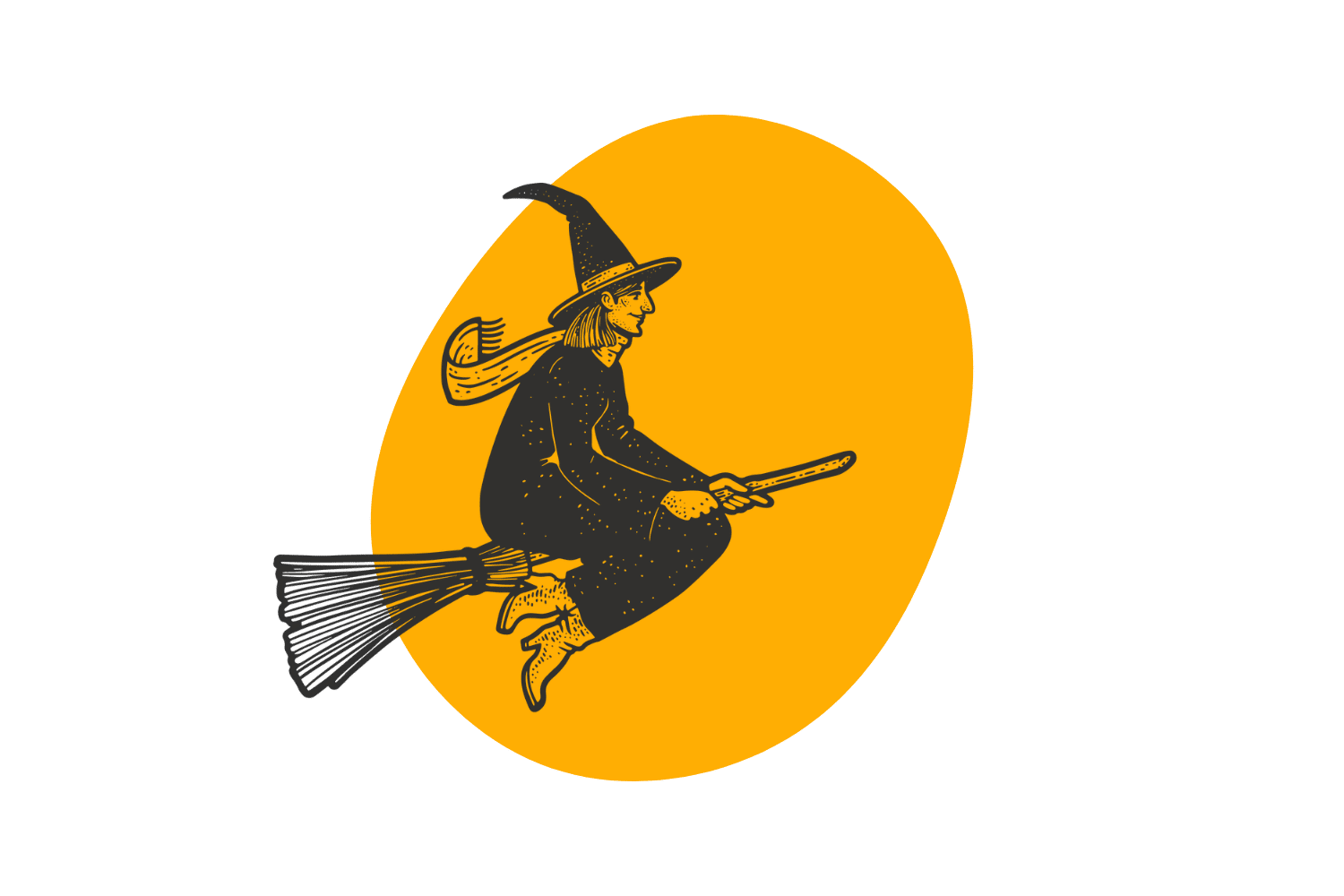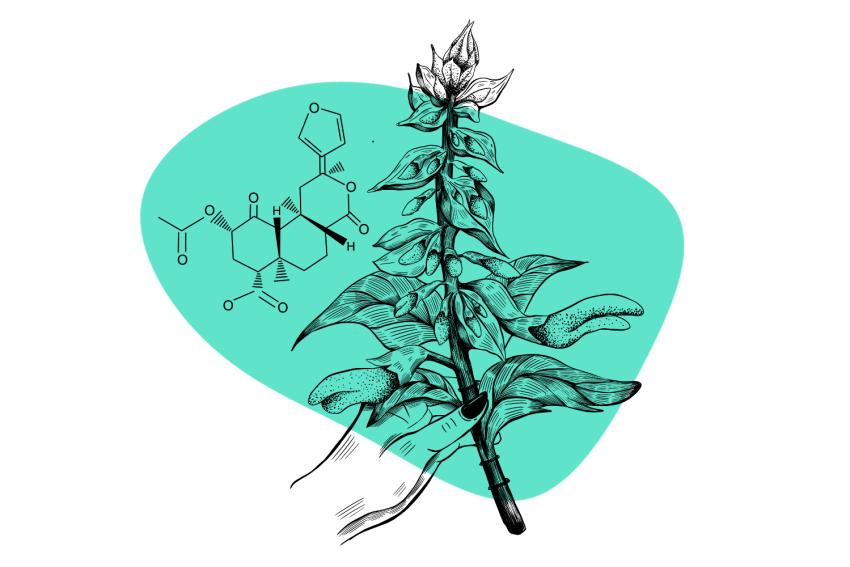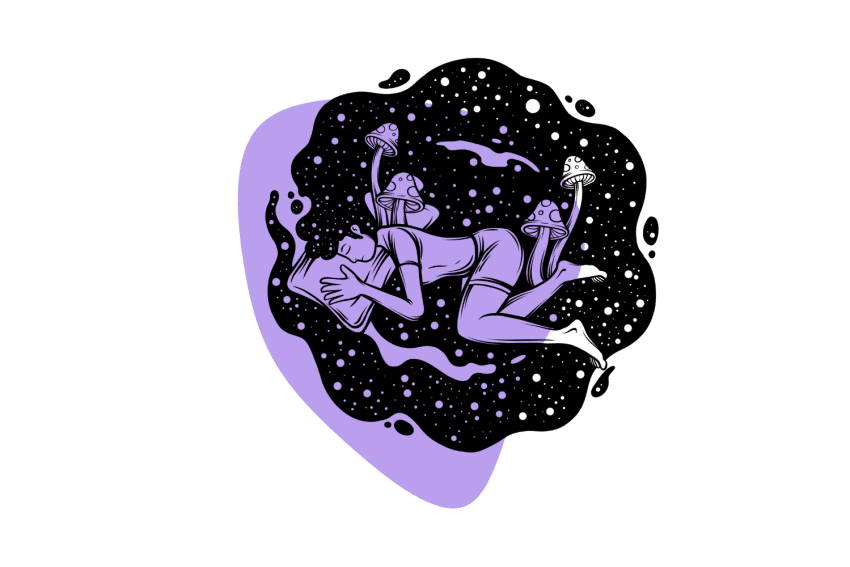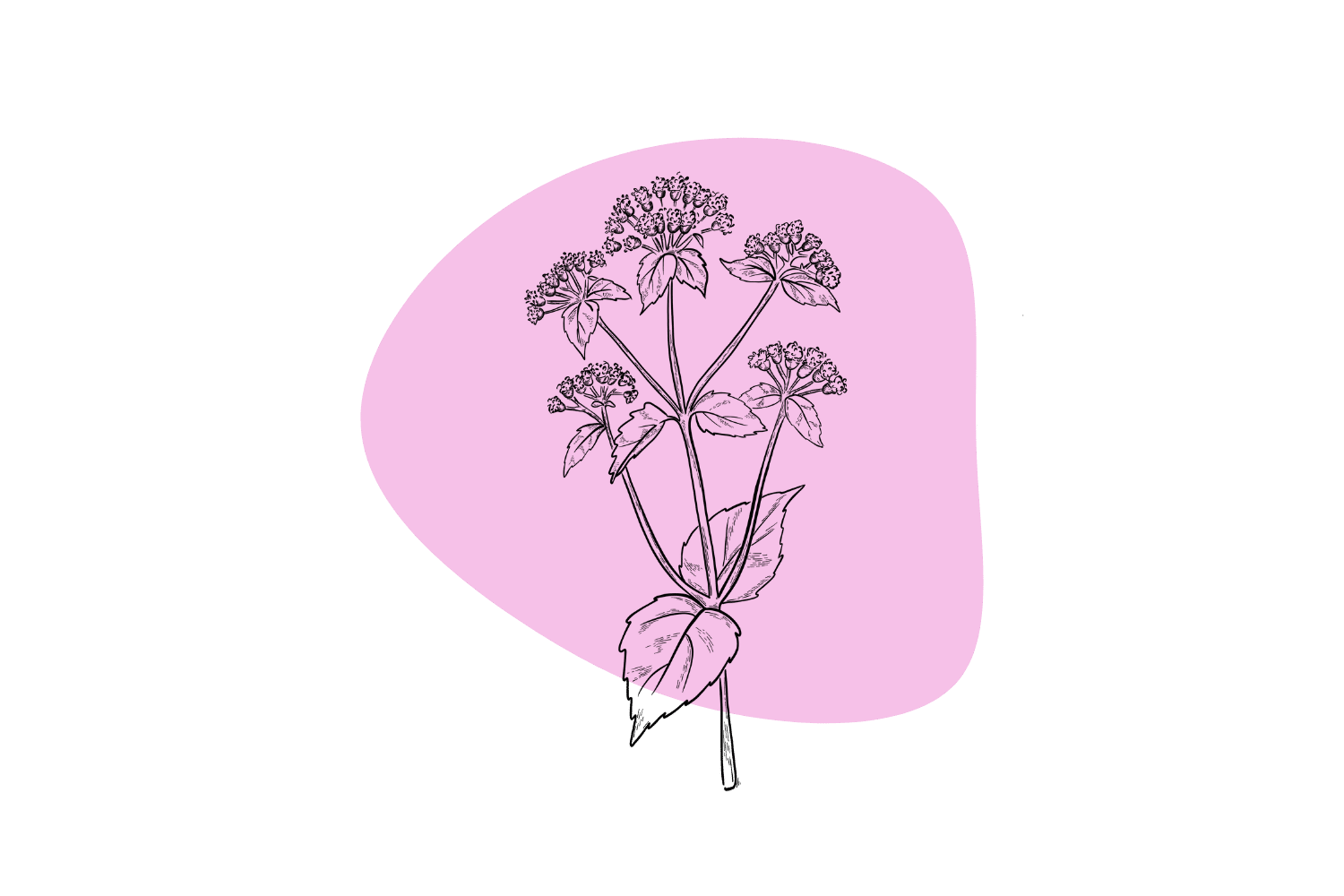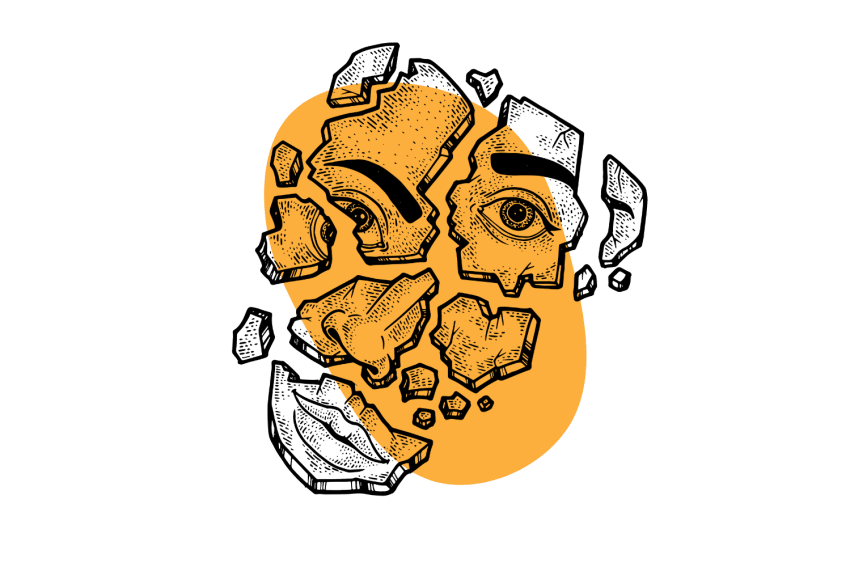Oneirogens: Substances That Make You Dream (Natural & Synthetic)
Want to experience more vivid dreams? Or learn to boost your ability to lucid dream? Check out these 14 dream herbs & more.
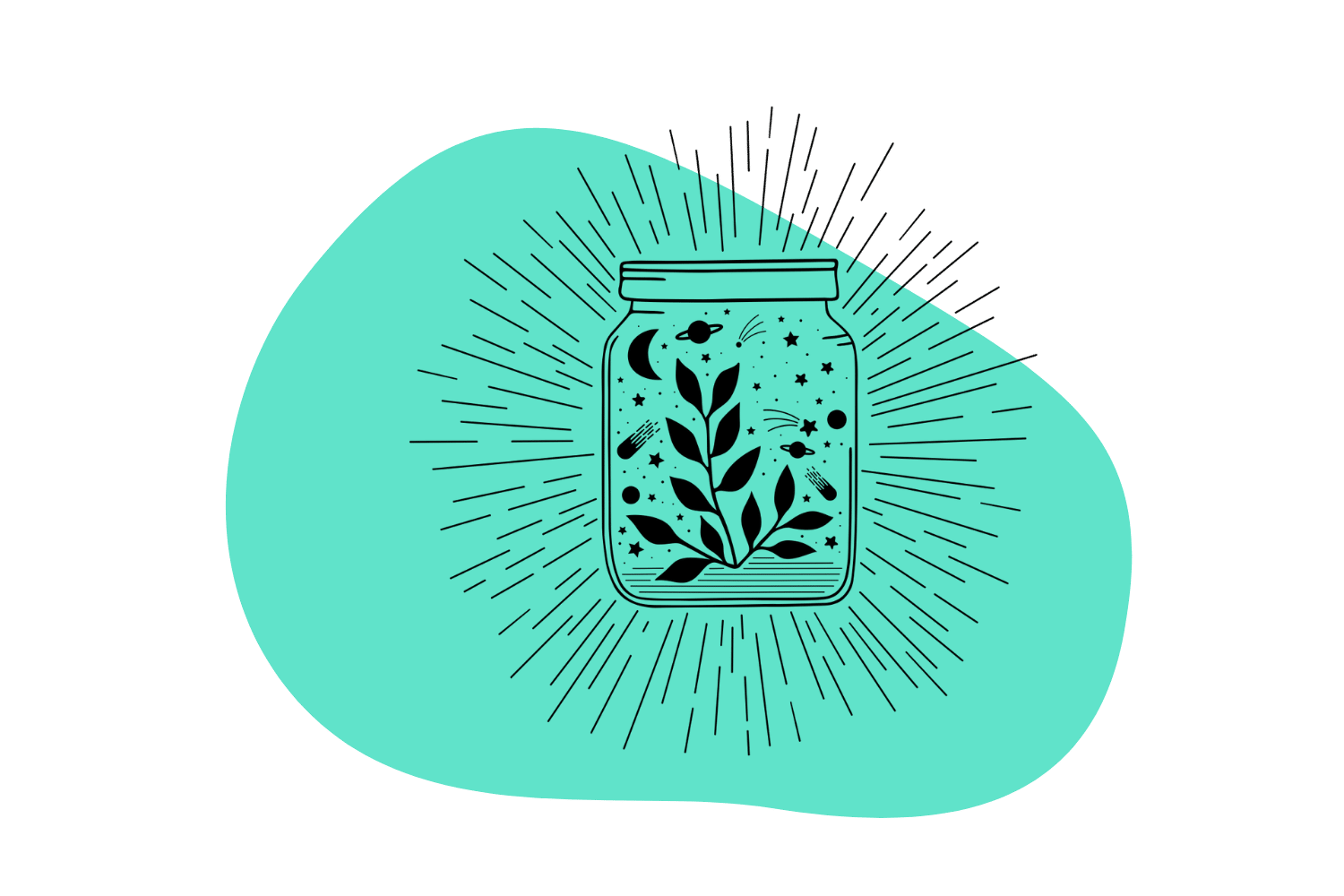
Oneirogens are a class of natural and artificial substances that cause or enhance dreams.
Plants and fungi with oneirogenic activity have been used to connect with the spirit world, dead ancestors, and gods for thousands of years. The practice was used to receive prophetic information, heal, or seek higher levels of spiritual awareness.
The dreams these substances produce vary substantially — ranging from hyper-realistic to abstract or even alien experiences. They’re used to facilitate lucid dreaming or uncover hidden aspects of the psyche.
Here are the most common oneirogens, along with a look at their safety and effects.
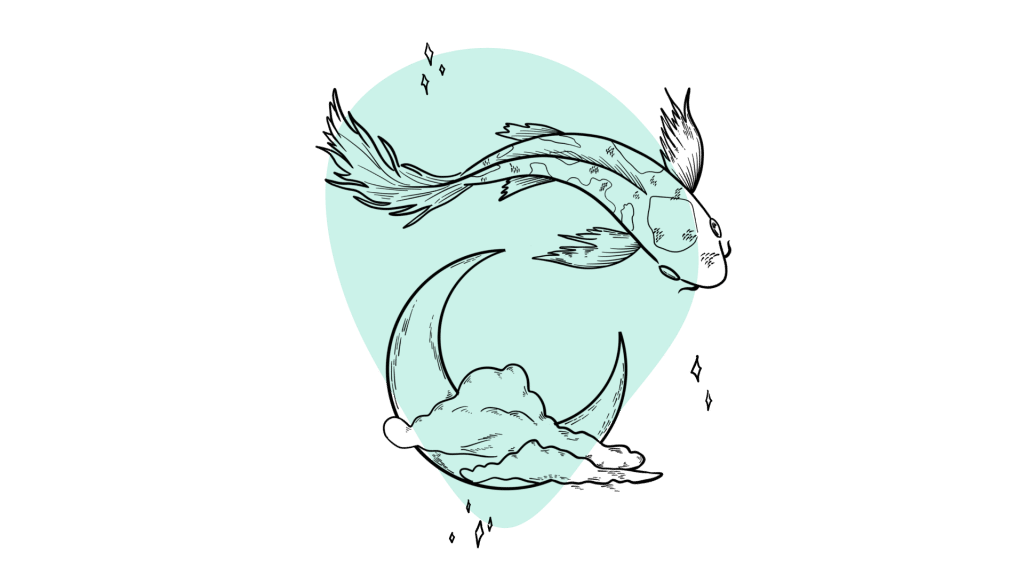
What Are Oneirogens Used For?
The most common reason people use oneirogens today is to facilitate lucid dreaming — which refers to dreams in which the dreamer is aware they’re dreaming.
Others use oneirogens for creative inspiration, exploration of the psyche, and shadow work.
In other cases, chemical oneirogens such as diphenhydramine (DPH) or dextromethorphan (DXM) are abused as a source of escapism — often at the detriment of their health.
Historical Applications of Oneirogens & Dreaming
In the past, oneirogenic herbs and fungi were primarily used for healing and divination. Many cultures believed that dreams were the best method of receiving prophetic information from higher beings. They were often used as an oracle for seeing glimpses of the future or as a source of wisdom when faced with difficult decisions.
This phenomenon can’t be isolated down to any specific culture. Virtually all civilizations throughout history have held beliefs or rituals surrounding symbolism in dreams.
The practice of using dreams and dream-inducing herbs for divination is referred to as ‘oneiromancy.’
Examples of oneiromancy throughout history:
- The Christian Bible — Abraham, Abimelech, Jacob, King Solomon, Paul, and many others were all provided unique insight or instructions through a dream.
- Mesopotamia — The Epic of Gilgamesh features numerous examples of prophetic oneiromancy. Part of the epic was even inscribed on a so-called “dream tablet.”
- Ancient Greece — A dream book called Oneirocritica, written by Artemidorus, is one of the oldest recorded treatises on dream analysis. Sigmund Freud even mentioned it in his revolutionary book “Interpretation of Dreams.”
- Ancient Rome — Hypnos, the god of sleep, and his sons were thought to bring dreams to the people of Earth. Each son brought a different kind of dream; Morpheus (dreams of other people), Icelus (dreams of animals), and Phantaseus (dreams of inanimate objects). Hypnos was the son of Nyx (night) and twin brother of Thanatos (death).
- Ancient Egypt — It was believed that the best source of receiving prophetic information came from dreams, so ancient Egyptian civilizations would use various herbs or practices to incubate dreams. Blue lotus and sanctuaries referred to as “dream beds” were often employed.
- First Nations — In some cultures, dreams of newborn children are delivered through dreams by an animal. Other cultures use the symbolism in dreams for divination, such as aiding in hunting, fishing, or farming.
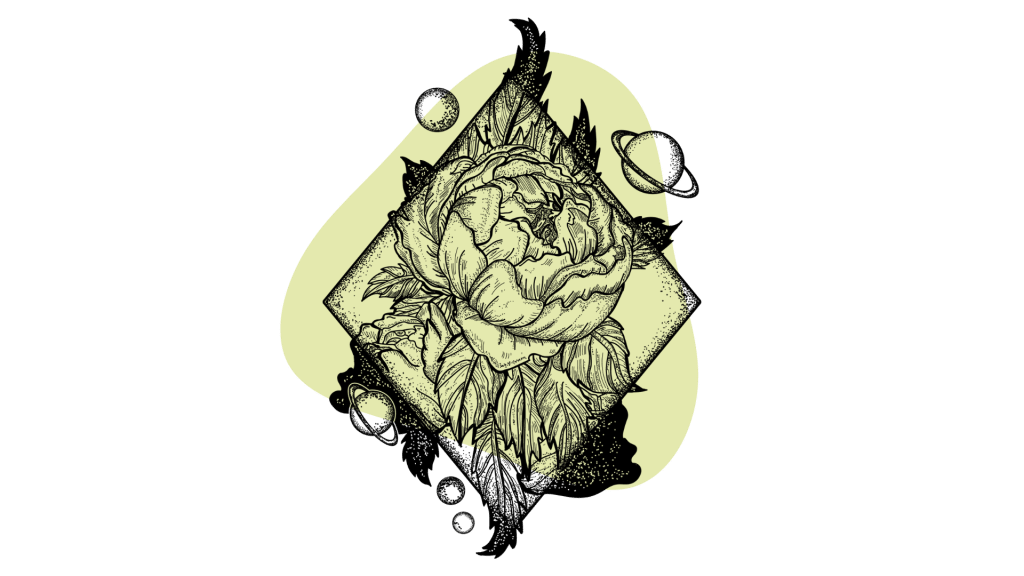
I. Dream Herbs (Oneirogenic Plants & Fungi)
Any herb or fungi that can promote or induce more vivid, memorable, or lucid dreams are considered “oneirogens.”
Some of these herbs are psychoactive when taken during waking consciousness; others are non-psychoactive until the user falls asleep.
We’ve categorized the following list according to two distinct levels of safety:
- Level 1 Oneirogens — These herbs are generally considered safe and have a low risk of use. They’re most often used alongside other methods, such as WBTB (Wake Back to Bed) techniques to induce lucid dreaming.
- Level 2 Oneirogens ⚠️ — These herbs and fungi are safe only when used at the right dose. Many of these herbs are classified as deliriants, which can inhibit one’s ability to differentiate between what’s real and what’s fake — some can even be lethal if used in high enough doses.
Let’s explore some of the most powerful and well-known oneirogenic herbs from around the world:
1. African Dream Root (Silene undulata)
Silene undulata is a small heat-resistant herb with a white flower native to the Eastern Cape of South Africa. The roots of the plant are dried, crushed, and mixed with water to facilitate lucid dreaming and enhance dream recall the following morning.
The Xhosa people refer to this plant as “undlela zimhlophe,” which means something along the lines of “the path of white symbols” [3].
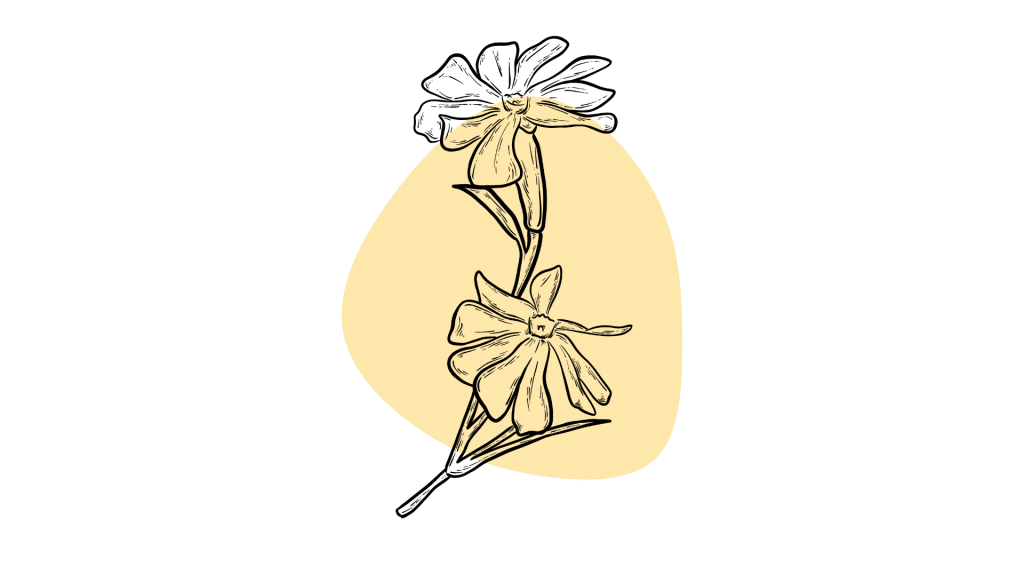
Local indigenous cultures of the Eastern Cape region, including the Xhosa and Zulu peoples, consider this plant sacred for its ability to enable communication with the spirit world through dreams. However, this herb is rarely used alone. It’s thought to be too powerful for novice users and should be balanced with other herbs.
Getting the combination right requires the care and attention of a trained shaman. If the mixture is imbalanced, it produces dark and disturbing dreams. A well-balanced mixture leads to a more enjoyable experience and unique insights. Unfortunately, the balance depends on the individual — there’s no universal mixture that works for everyone.
African Dream Herb Specs:
| Botanical Name | Silene undulata |
| Common Names | African dream root, undlela zimhlophe |
| Active Ingredients | Saponins [4] |
| Level of Risk | Level One: Low Risk |
| Effect on Dreams | Equal chance of producing positive or nightmarish dreams. |
2. Calea (Calea zacatechichi)
Calea zacatechichi and its close relative, Calea ternifolia, are hallucinogenic herbs from Mexico and Central America.
Calea has a long history of use among the Chontal Indians of Oaxaca, Mexico, for tapping into the power of dreams to receive divinatory information. It was also used for non-oneirogenic applications, such as treating gastrointestinal disorders and fevers.
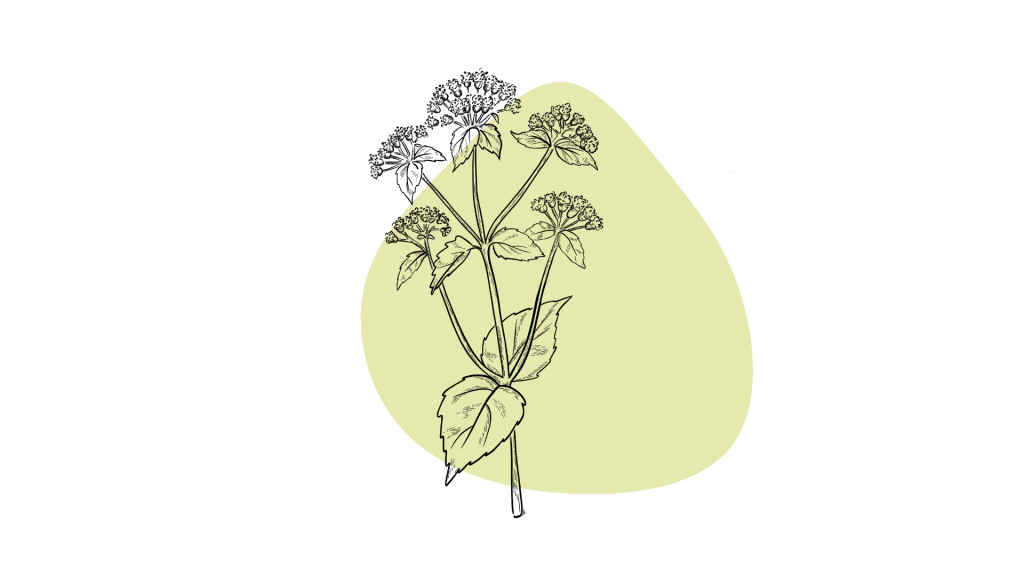
Today, calea leaf is primarily used to facilitate lucid dreaming and enhance dream recall. People who take calea leaf before bed, either by smoking the dried leaf or brewing a strong tea, often report remembering dreams more easily and in more detail.
Calea is also known to make dreams feel more orderly or structured. There’s less jumping around from place to place, and the dream’s narrative tends to feel more cohesive.
Even while awake, the effects of calea are often referred to as being “lucid.” Users often feel drowsy and faded, with some mild hallucinations that often stem from misidentifying shapes or objects in one’s surroundings.
Unfortunately, and somewhat ironically, calea also has the tendency to interrupt sleep — users wake more easily during the night and tend to feel less refreshed the following morning. For these reasons, it’s best to limit the use of calea to once or twice a week maximum.
Calea is illegal in the state of Louisiana (State Act 159) as well as Poland — but no other countries have tried to ban it.
Calea zacatechichi Specs:
| Botanical Name | Calea zacatechichi |
| Common Names | Dream herb, zacate de Perro (dog’s grass), hoja madre (mother’s leaf), hoja de dios (God’s leaf), thle-pela-kano, tam huñi |
| Active Ingredients | Calaxin, ciliarin, caleicins, caleins, caleochromes, and germacrolides [5] |
| Level of Risk | Level One: Low-Risk |
| Effect on Dreams | Better dream recall & more structured dream narrative. |
3. African Dream Bean (Entada rheedii)
Entada rheedii is a legume species native to South Africa, coastal regions of East Africa, Southeast Asia, and the Northeastern coast of Australia (including Queensland and Northern Australia).
Like other legumes, Entada rheedii produces large seeds covered in a thick protective coating. This coating allows the seeds to remain viable after floating in the water, allowing the seeds to spread across long distances.
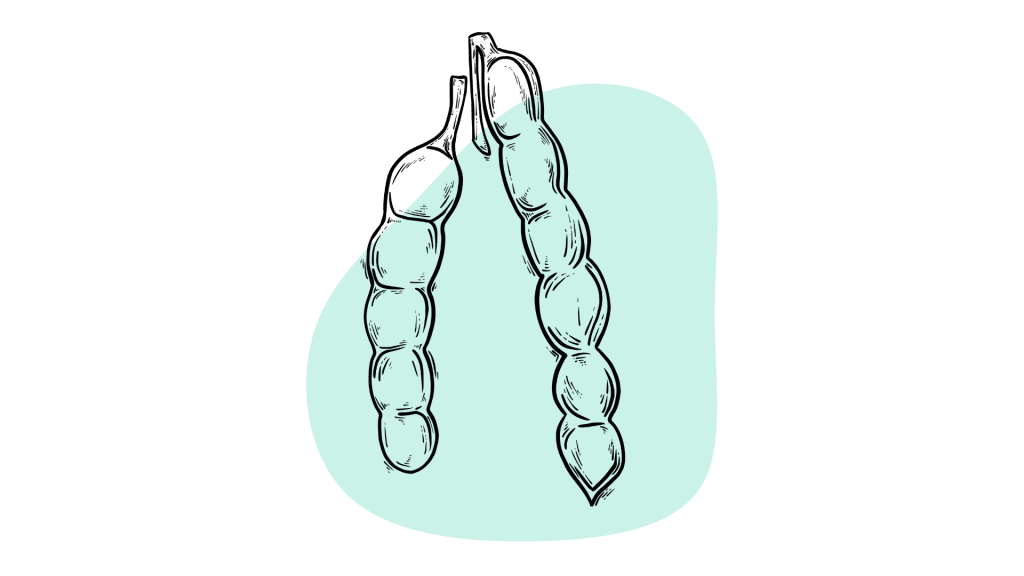
The seed pulp is dried, ground, and smoked or eaten raw to enhance the vividness of dreams and facilitate lucid dreaming. In traditional African medicine, E. rheedii seeds were used to help shamans communicate with the spirit world as they slept.
The common name for this herb is the African dream herb — however, this has led to some to confuse it with a separate oneirogenic plant called Silene undulata — AKA “African Dream Root.” We prefer the common name “African Dream Bean” for this herb instead to eliminate this confusion.
African Dream Bean Specs:
| Botanical Name | Entada rheedii |
| Common Names | African dream herb, snuff box sea bean, cocoon vine, barbaddah |
| Active Ingredients | Saponins (rheediinosides) [1] and tryptophan derivatives [2] |
| Level of Risk | Level One: Low-Risk |
| Effect on Dreams | Dreams are generally positive in nature but can involve dark or disturbing concepts. |
4. Blue Lotus Flower (Nymphaea caerulea)
The blue lotus flower was considered sacred by ancient Egyptian civilizations — a culture known for its love for dream-inducing herbs and rituals.
Some even believed humanity was born into existence from a lotus flower blossoming out of a sea of chaos.
Through the use of dream-inducing herbs like blue lotus flower, the ancient Egyptians believed dreams offered a means of communication between the living and the dead.
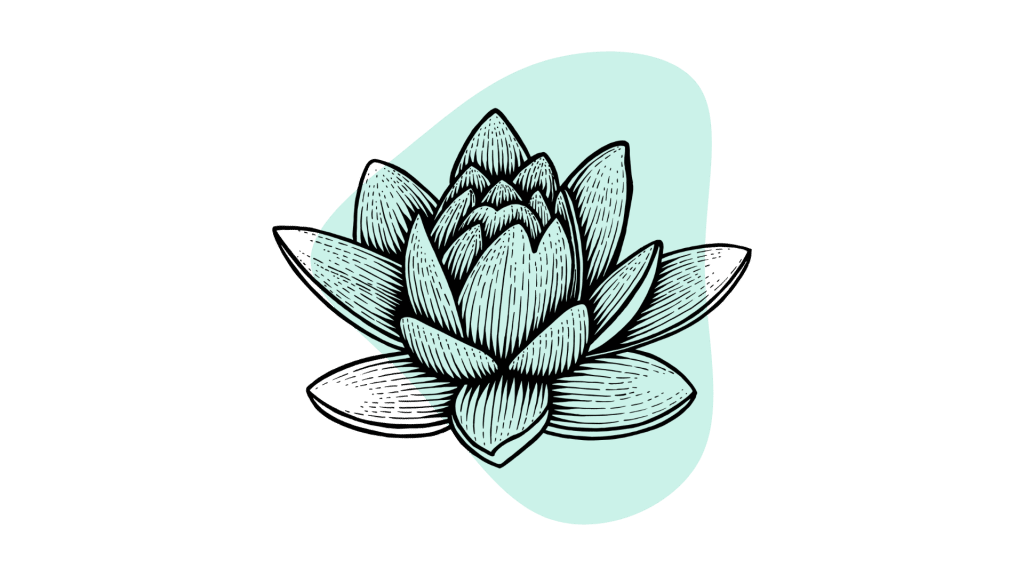
Blue lotus flower is smoked or vaped prior to going to bed to enhance one’s capacity for lucid dreaming and to aid the user in falling asleep more readily.
Unlike other oneirogens — such as fly agaric, LSA, or Silene (African dream root) — blue lotus flower tends to induce clearer, less chaotic visions.
The dreamer is very often aware they’re in a dream right from the beginning, rather than having to figure it out using other tactics like reality checks or WBTB techniques. This is a good thing because the sedative qualities of blue lotus make it especially difficult to wake up after you’ve fallen asleep.
Blue Lotus Flower Specs:
| Botanical Name | Nymphaea caerulea |
| Common Names | Blue Lotus Flower, Egyptian Lotus, Blue Water Lily, Cape Water Lily, Frog’s Pulpit |
| Active Ingredients | Aporphine & Nuciferine |
| Level of Risk | Level One: Low-Risk |
| Effect on Dreams | Moderate to high chance of inducing lucid dreams. |
5. Mugwort (Artemisia vulgaris)
Mugwort has long been associated with dreams and sleep. The botanical name Artemisia is derived from the Greek moon god, Artemis. It’s used to facilitate lucid dreaming, enhance the vividness of dreams, and assist in dream recall the following morning.
Some native American cultures in the United States and Canada would burn mugwort before bed to facilitate sleep and ward off evil spirits after crossing over into the dream world.
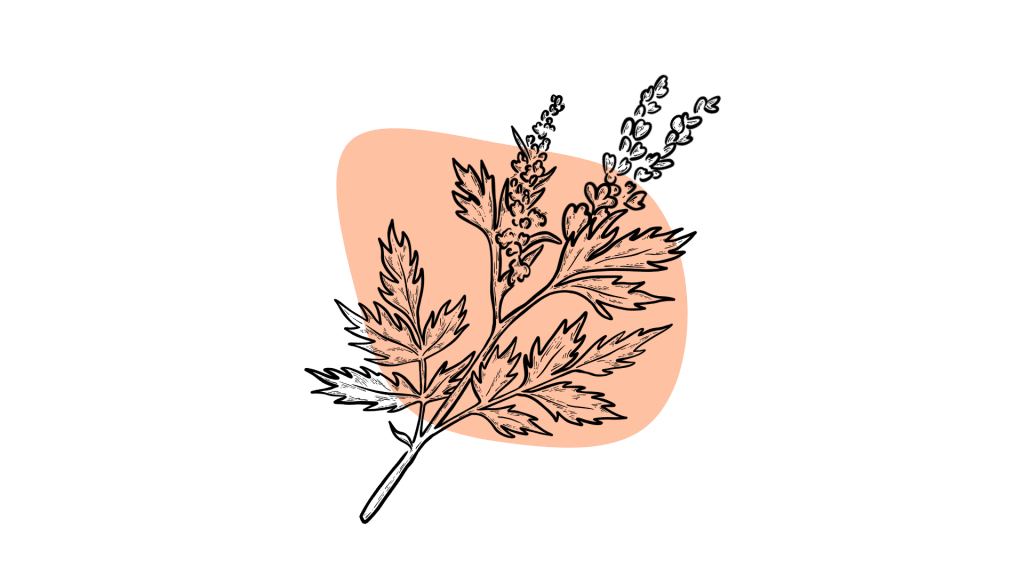
There are several different ways of using mugwort for enhancing dreams. Some prefer to smoke it with other herbs such as tobacco or marijuana; others brew it into a strong tea to drink before bedtime. Alternatively, mugwort can be stuffed into a muslin bag and placed under the pillow at night.
Mugwort Specs:
| Botanical Name | Artemisia vulgaris |
| Common Names | Mugwort |
| Active Ingredients | Thujone, artemisinin, eucalyptol |
| Risk | Level One: Low-Risk |
| Effect on Dreams | High chance of facilitating positive dreams. |
6. Morning Glory Seeds (Ipomoea violacea)
Morning glory vine (Ipomoea violacea) is a common invasive species throughout North America and Europe. The seeds of this common garden variety contain a powerful psychedelic similar to LSD, called LSA (lysergic acid amide).
The Aztecs and Mayan civilizations believed the spirit of morning glory could connect them with the underworld and were often used in ceremonies to induce trance-like states.
Unlike LSD, LSA from morning glory (and a related plant called Hawaiian Baby Woodrose) is a potent sedative. The psychedelic effects are similar too but have a much more lucid or dreamlike feel. Users feel “cloudy,” as if their consciousness was being suppressed and objects appear larger or smaller than they really are.
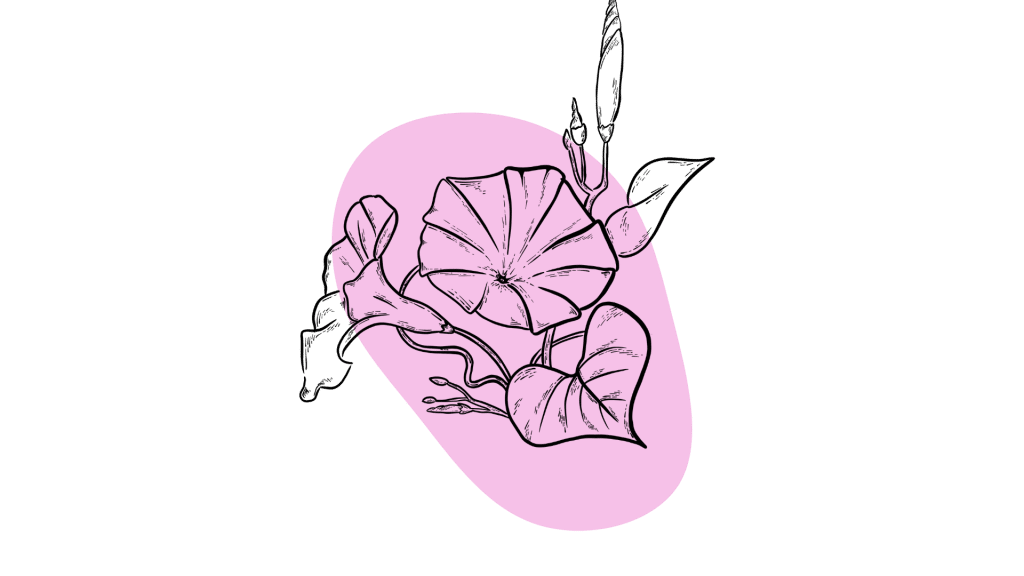
LSA is also sedative and tends to cause users to fall asleep where they experience vivid and bizarre dreams.
Sometimes these dreams are meaningful; other times, it’s hard to make any sense of them. This is a similar experience noted for dreams associated with deliriants like datura or the fly agaric mushroom.
Mixing a morning glory tincture into some mugwort or Calea tea may help reduce some of the confusion and disorganization of these dreams.
Morning Glory Specs:
| Botanical Name | Ipomoea violacea |
| Common Names | Morning Glory Vine |
| Active Ingredients | Lysergic acid amide (LSA) |
| Level of Risk | Level One: Low-Risk |
| Effect on Dreams | Dreams are vivid and intense but also bizarre and difficult to make sense of or remember. |
7. Salvia Leaf (Salvia divinorum)
In the Sierra de Puebla region of Mexico, where salvia grows naturally, the Nahuatl Indians used a species of salvia called Xiwit to induce more vivid, visionary dreams.
While it’s unclear precisely which species was used, it’s believed to be the diviner’s sage (Salvia divinorum), which is a formidable psychedelic when smoked, and oneirogenic when consumed as a tea.
When it comes to using herbs to facilitate dreams, the effects need to remain active for a few hours or more. REM sleep doesn’t start until about an hour and a half after falling asleep. Therefore, smoking salvia has little impact on sleep — the effects of salvia used this way rarely last more than 30 minutes total.
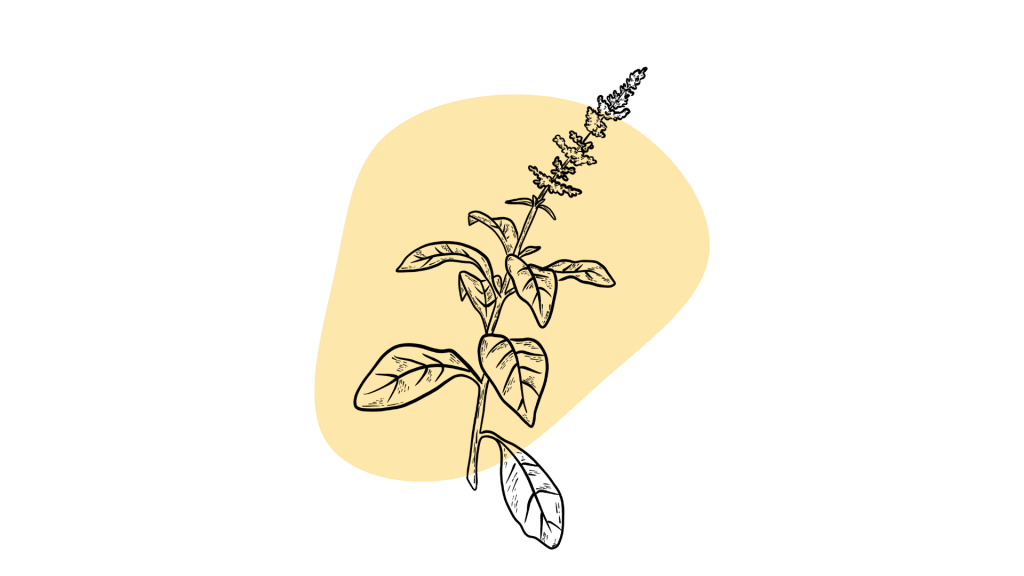
For this reason, it’s best to prepare a salvia tea or take salvia capsules prior to falling asleep in order to receive its oneirogenic effects. The dreams associated with salvia tend to be bizarre and hard to make sense of, but there’s almost always some deeper knowledge embedded within these dreams if you’re patient enough to spot it.
Salvia is respected as a wise plant teacher in the cultures that use it, but it’s not the type of herb that comes right out with the answers. It tends to be cryptic and metaphorical, forcing you to ponder what it showed you for months or years at a time before it eventually clicks.
Salvia Specs:
| Botanical Name | Salvia divinorum |
| Common Names | Xiwit, Diviner’s Sage |
| Active Ingredients | Salvinorin A |
| Level of Risk | Level One: Low-Risk (Avoid Concentrates) |
| Effect on Dreams | Enhanced dream vividness & novelty. |
8. Galantamine (Snowdrops)
Galantamine is an alkaloid found in a variety of common garden species, including snowdrops (Galanthus spp.), daffodils (Narcissus spp.), red spider lily (Lycoris radiata).
Recently, galantamine has become a popular supplement for lucid dreamers, and research suggests it may offer support for Alzheimer’s disease [7].
Galantamine works by inhibiting an enzyme called acetylcholinesterase, which is responsible for breaking down the neurotransmitter acetylcholine. Because of the importance of acetylcholine in the formation of dreams, supplements like galantamine that boost acetylcholine are thought to enhance the vividness and the capacity to remember dreams upon waking.
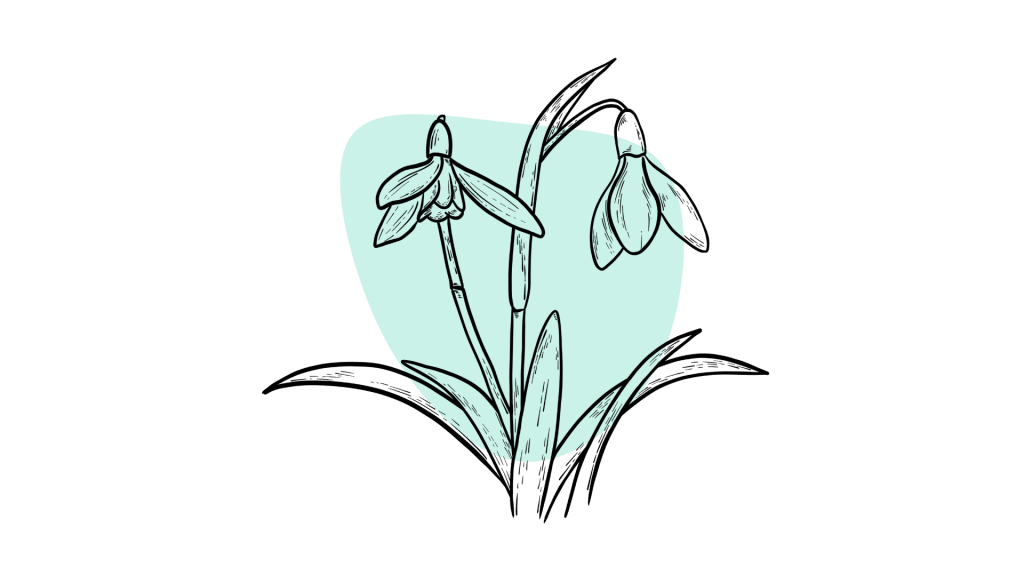
This effect has been confirmed by double-blind crossover studies funded by the Lucidity Institute [8]. The study found that 57% of participants that took galantamine had a lucid dream, compared to 14% that took the placebo control. Both groups used WBTB methods to induce lucid dreaming.
Galantamine Specs:
| Botanical Name | Galanthus spp. |
| Level of Risk | Level One: Low-Risk |
| Effect on Dreams | Makes lucid dreaming easier and improves dream recall. |
Other acetylcholinesterase inhibitors of note include:
- Muira puama (Ptychopetalum olacoides)
- Catuaba (Trichilia catigua)
9. Yerba Maté (Ilex paraguariensis)
Yerba maté is a large caffeine-rich tree from South America.
Caffeine is a surprisingly effective tool for inducing lucid dreams, but it comes with some caveats. It works by taking yerba maté capsules right before falling asleep —however, you must fall asleep before it kicks in, or you may not be able to fall asleep. This oneirogen is not recommended for anybody who has a hard time falling asleep at night.
If you can fall asleep before the caffeine kicks in, you’re more likely to experience vivid, intrepid, and memorable dreams.

You can use any caffeine-containing herbs for this, but yerba maté is a good option because it contains other phytochemicals such as theobromine that eliminate some of the anxious side effects that could lead to nightmares.
Caffeine also works well in combination with WBTB methods for lucid dreaming. Keep some capsules filled with yerba maté beside your bed and take them as soon as your alarm goes off. Remain awake for about 15 minutes before going back to sleep again.
Yerba Maté Specs:
| Botanical Name | Ilex paraguariensis |
| Common Names | Yerba Maté |
| Active Ingredients | Caffeine, theobromine |
| Level of Risk | Level One: Low Risk (May Cause Insomnia) |
| Effect on Dreams | Makes dreams more vivid and visual but could lead to insomnia if you’re not careful. |
10. Damiana (Turnera diffusa)
Damiana is native to Mexico and parts of Central and South America. It’s primarily used as an aphrodisiac, antidepressant, anxiolytic, and for treating headaches.
This potent aromatic herb also has a long history for inducing more vivid dreams — specifically sexual or romantically-inspired dreams. You’ll find this ingredient in a lot of elixirs aimed at enhancing one’s libido or sexual desire, and its effects complement many of the other herbs on this list.
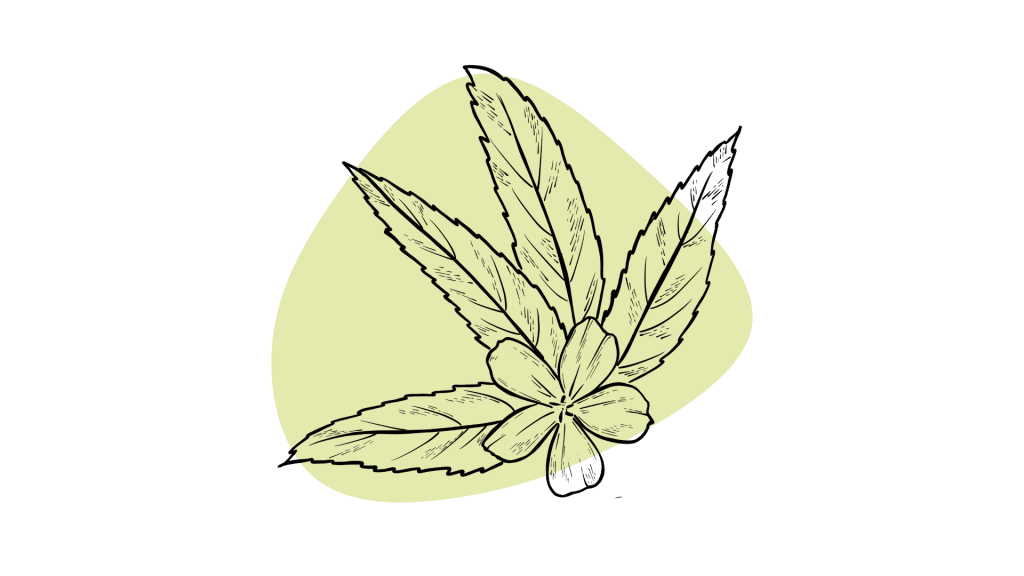
Damiana goes very well when mixed with Calea zatechichi in the form of a tea as it helps reduce the bitter flavor and can add a sensual component to the dreams.
It also works well in smoke mixes alongside tobacco, marijuana, salvia leaf, mugwort, or blue lotus flower.
On its own, damiana can enhance the vividness of dreams but isn’t as useful for inducing lucid dream states as other herbs on this list.
Damiana Specs:
| Botanical Name | Turnera diffusa |
| Common Names | Damiana |
| Active Ingredients | Flavonoids |
| Level of Risk | Level One: Low-Risk |
| Effect on Dreams | Facilitates sensual or romantic visions in dreams. |
11. Fly Agaric Mushroom (Amanita muscaria)
Amanita muscaria (AKA the “Mario Mushroom” or “the fly agaric”) is one of the most recognizable mushrooms on Earth. Yet few people know how powerful this mushroom truly is or how to use it.
This mushroom is psychedelic yet shares nothing in common with the magic mushrooms you’re probably familiar with. Its active ingredients work by interacting with the muscarinic receptors.
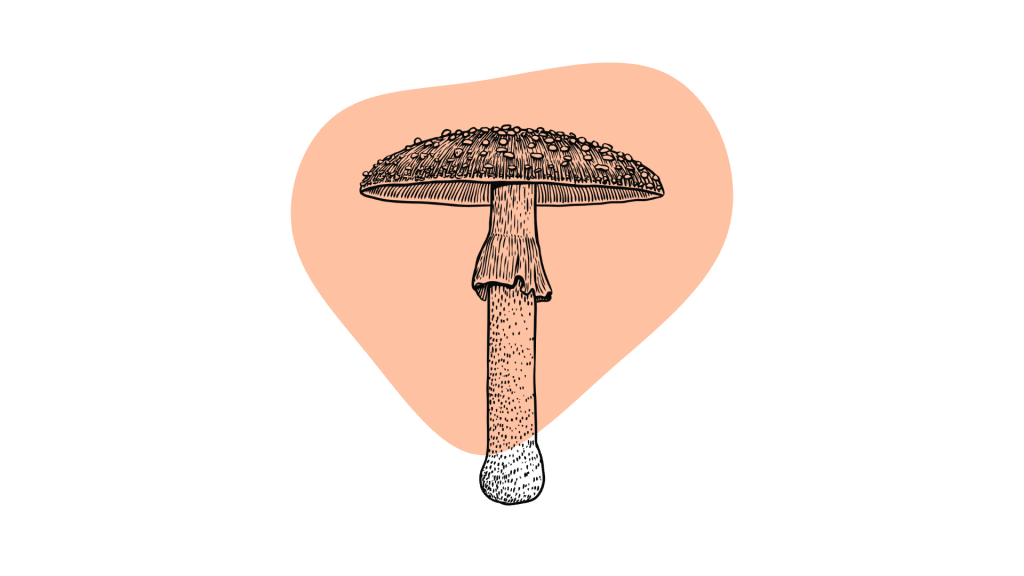
The result of this interaction is a psychedelic high, unlike anything else. Even while awake, the effects of this mushroom are best described as “dreamlike” and bizarre. You won’t hallucinate or see swirling shapes and patterns like LSD or psilocybin — but it’s clear that you’re under the influence of a psychedelic nonetheless. The size and distance of objects and perception of time can become significantly altered, and everything around looks “odd” or out of place.
The real hallucinations appear after you’ve gone to sleep for the night. Users experience significantly more vivid and chaotic dreams that don’t appear to follow any specific narrative or order. Sometimes these dreams are positive; other times, they’re disturbing or frightening.
Fly agaric can be used to induce lucid dreams through the DILD method (dream-induced lucid dreaming). The dreams this mushroom produces are so absurd the user is more likely to realize they’re in a dream and become conscious.
Fly Agaric Specs:
| Latin Name | Amanita muscaria |
| Common Names | Fly Agaric |
| Active Ingredients | Ibotenic acid & muscimol |
| Level of Risk | Level Two: Proceed With Caution ⚠️ |
| Effect on Dreams | Dreams feel significantly more real and vivid but lack a cohesive narrative. |
12. Syrian Rue (Peganum harmala) ⚠️
The seeds of Syrian rue (Peganum harmala) contain a variety of active alkaloids with psychoactive and oneirogenic effects. Its chief ingredients include a set of harmala alkaloids closely related to the active ingredients in the ayahuasca vine (Banisteriopsis caapi). These compounds aren’t psychedelic on their own but instead work to prevent the breakdown of other psychoactive tryptamines such as DMT.
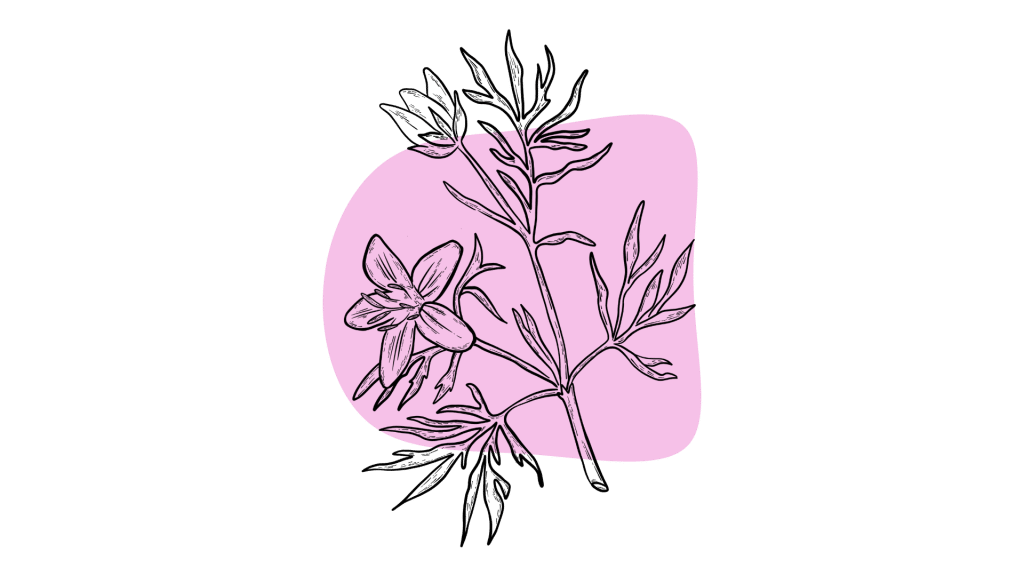
Syrian rue should be used with caution; high doses appear to be toxic. This herb is best used in smaller doses alongside other sleep herbs to make them stronger. The seeds are often mixed with Calea, morning glory, or Hawaiian baby woodrose in the form of tea. Some people will mix P. harmala seeds with Mimosa hostilis or Psychotria viridis as a simple tincture for a mild dream-inducing ayahuasca.
Syrian Rue Specs:
| Botanical Name | Peganum harmala |
| Common Names | Syrian rue |
| Active Ingredients | Harmala alkaloids (harmaline, harmine, & tetrahydroharmine) |
| Level of Risk | Level Two: Proceed With Caution ⚠️ |
| Effect on Dreams | Potentiates the dream-inducing effects of other herbs. |
13. Datura Leaf (Datura spp.) ⚠️
Datura (AKA jimsonweed) is a genus of nine wild plant species in the Solanaceae (nightshade) family. The seeds of all species of datura have powerful deliriant and anticholinergic properties and are NOT considered safe to use. However, the leaves are sometimes smoked or consumed as a tea to facilitate lucid dreaming.
Be very careful with this plant. Taking too much can be extremely dangerous.
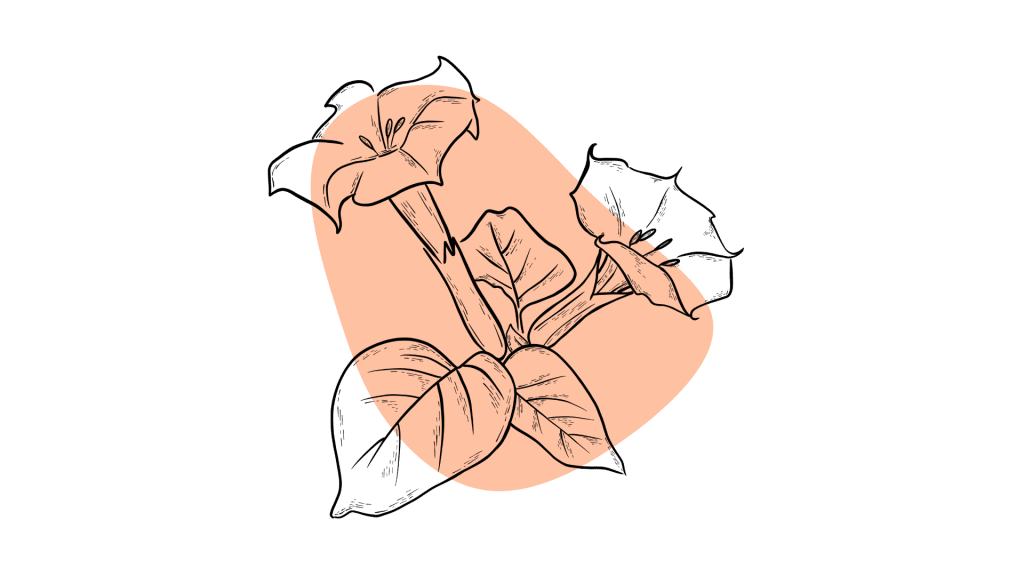
As an anticholinergic deliriant, datura can cause complete inhibition of the parasympathetic nervous system, leading to dehydration, inability to urinate, and heat exhaustion — not to mention the absolute insanity that comes along with using deliriants. Making matters worse, the effects of datura can last as long as three days — so it’s not a ride you can easily get off once you’ve climbed aboard.
Delirium is defined as an inability to interface with reality. Those affected lose the ability to tell what’s real and what’s a hallucination.
Despite the negative attributes of datura, it’s considered sacred by Native American cultures including the Chumash, Luiseño, and Kumeyaay. Datura is respected as a wise teacher and is often used in right-of-passage ceremonies and divination.
Getting the dose right for this herb is essential, and there are plenty of safer herbs for the oneironaut to try first. Datura is only recommended for people with a solid understanding of the safe use of psychoactive herbs and who understand and accept the risks of using this plant. Even then, it’s safer to take only a small amount of datura leaves by either smoking or drinking as a tea — skip the seed pods entirely.
Datura Specs:
| Botanical Name | Datura stramonium |
| Common Names | Datura, jimsonweed, devil’s flower, hells bells, moonflower, thorn apple |
| Active Ingredients | Tropane alkaloids |
| Level of Risk | Level Two: Avoid This Oneirogen ⚠️ |
| Effect on Dreams | Enhances vividness of dreams |
14. Iboga (Tabernanthe iboga) ⚠️
The active ingredient in Tabernanthe iboga and several related species of African plants is a compound called ibogaine. This compound is powerfully psychedelic but also potentially dangerous.
Iboga is often referred to as oneirogenic for its ability to induce dreamlike hallucinations. However, there’s a key difference with iboga that makes it distinct from every other herb on this list.
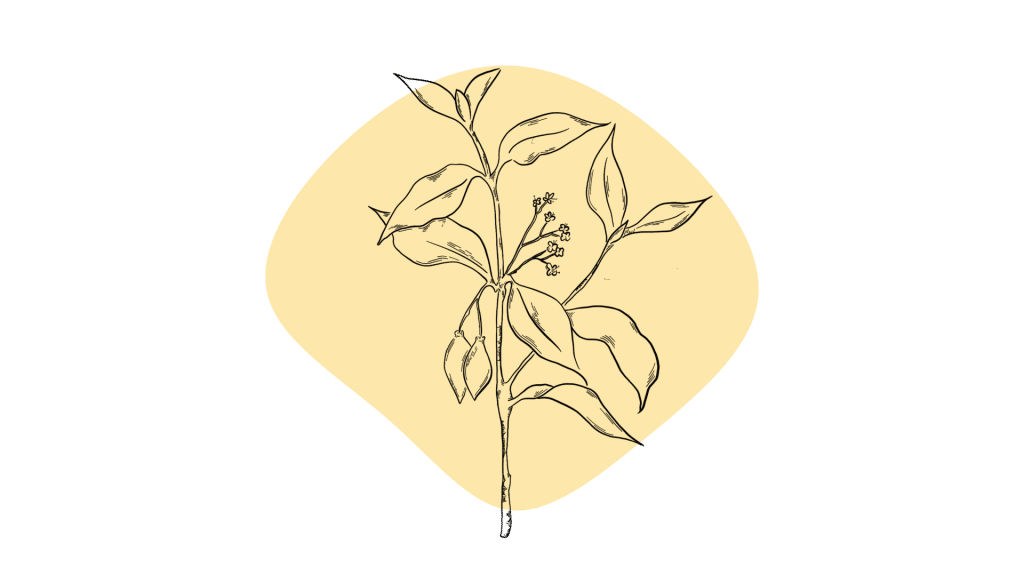
Instead of inducing these dreamlike hallucinations while asleep, iboga causes dreamlike hallucinations while the user is still awake. It essentially tricks the brain into thinking it’s asleep, but the mind remains awake and conscious — users become fully lucid.
Interestingly, studies have found that ibogaine actually reduces the amount of time spent in REM sleep — which is the stage of sleep where lucid dreams occur [6].
Upon closing one’s eyes, vivid and rapidly changing dreamlike hallucinations flash across the eyes, each one carrying powerful emotional responses depending on the individual context of the hallucination. The experience is often suggested to feel as though one is watching a slideshow of their entire life — forcing users to face both the positive and negative aspects of one’s history and psyche.
It’s also important to note that ibogaine can be dangerous and has resulted in deaths in the past.
Iboga Specs:
| Botanical Name | Tabernanthe iboga |
| Common Names | Iboga |
| Active Ingredients | Ibogaine |
| Level of Risk | Level Two: Only Use In The Presence of a Trained Shaman ⚠️ |
| Effect on Dreams | Induces lucid dreams while still awake |
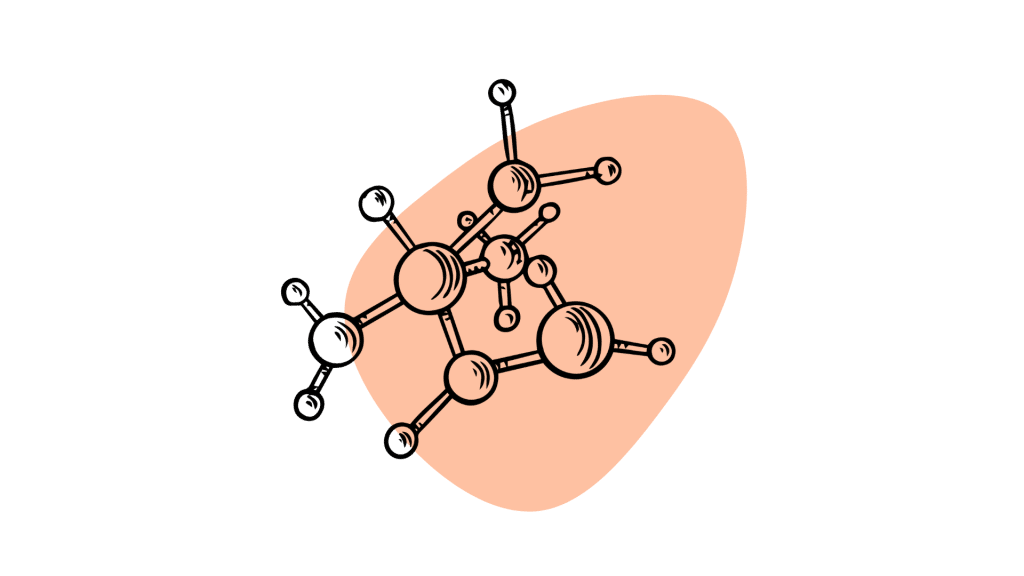
II. List of Chemical Oneirogens
Plants aren’t the only substances that can induce more vivid or memorable dreams. There are a variety of individual compounds that can induce stronger dreams as well.
While some of these compounds can be useful for people experimenting with lucid dreaming, several of them are dangerous and can cause harm if used too often or at too high a dose. Subjectively, the quality of dreams induced by chemicals is different than the dreams brought on by oneirogenic herbs.
Whether this is a result of the loss of “spirit” present in plant medicines or something else entirely, nobody knows for sure.
With that said, here’s a list of the strongest dream-inducing chemicals available:
1. Racetams
Racetams are a group of synthetic compounds marketed as nootropics. They work by stimulating the release of acetylcholine. Some also stimulate the release of other neurotransmitters, such as serotonin, norepinephrine, or dopamine.
By stimulating acetylcholine, racetams are thought to enhance the processes of learning and memory while awake and dream vividness and recall while asleep.
Much like caffeine, amphetamines, or other stimulating oneirogens, racetams should be taken immediately before falling asleep. If they kick in before you manage to fall asleep, they’re likely going to prevent you from being able to fall asleep at all.
There are several racetams, all of which offer similar effects on dreaming:
- Piracetam
- Aniracetam
- Oxiracetam
- Pramiracetam
2. Noopept (Omberacetam)
Noopept is the brand name for a compound called omberacetam, which is structurally very similar to racetams, but with some added functional groups to make it more bioactive. This makes Noopept many times more potent than racetams.
3. Diphenhydramine (DPH)
DPH (diphenhydramine) is the active ingredient in Benadryl. In low doses (less than 100 mg), it’s an oneirogen and sedative, but in higher doses (over 150 mg) becomes a dangerous deliriant. It works by blocking the histamine (H1) receptors in the brain, which are associated with regulating wakefulness and a wide range of other neurological processes in the brain.
People who take high doses of this drug often experience effects similar to datura, belladonna, mandrake, or other tropane alkaloid deliriants. This compound is a true hallucinogen, producing visions that are indistinguishable and completely unhinged from reality.
Unfortunately, the DPH experience is almost always very uncomfortable — often featuring insects, shadow figures, and demons. It’s also extremely bad for the body, and early research suggests DPH can increase the chances of developing dementia.
4. Mirtazapine
Mirtazapine is a noradrenergic and serotonergic antidepressant thought to lengthen the amount of time spent in REM sleep, accounting for its tendency for producing intense, vivid dreams [9].
Unfortunately, these dreams are often nightmarish and disturbing — not at all insightful or enjoyable.
5. Paroxetine
Paroxetine is classified as an SSRI antidepressant. While all SSRIs may produce more vivid dreams, as well as nightmares as a side effect, this compound is particularly strong.
These effects become especially noticeable while phasing off the drug.
Unfortunately, as has been a theme with the chemical class of oneirogens, these dreams tend to be exceptionally bizarre, disturbing, and nightmarish.
6. Varenicline (Chantix)
Varenicline is an anti-smoking medication found to cause vivid dreams in as many as 12.4% of users [10].
Unfortunately, Chantix is also associated with a higher risk of depression and suicidal ideation. The creator, Pfizer, recently paid settlements to the sum of nearly $300 million across 660 different lawsuits for the damage this drug caused users in the early 2010s.
7. Dextromethorphan (DXM)
Dextromethorphan (DXM) blocks REM sleep temporarily, resulting in a so-called “REM-rebound” about an hour later. This rebound causes a much longer REM cycle than usual. During this time, users may experience abnormally bizarre dreams.
Unfortunately, these dreams often feature dark and disturbing themes. Additionally, the dissociative effects of DXM make users far less likely to achieve a lucid dream state when taking this stuff prior to bedtime.
8. Amphetamines
Amphetamines like Adderall or MDMA are sometimes used to enhance dreams. They work similarily to caffeine or racetams — increasing activity and consciousness in the brain after falling asleep.
This means that in order for amphetamines to work, the user would ideally fall asleep before the drug starts to kick in.
Like many other medications on this list, amphetamines reduce the amount of time spent in REM sleep [11]. So despite the increased vividness of dreams, the chances of experiencing a lucid state actually decrease after using this drug class.
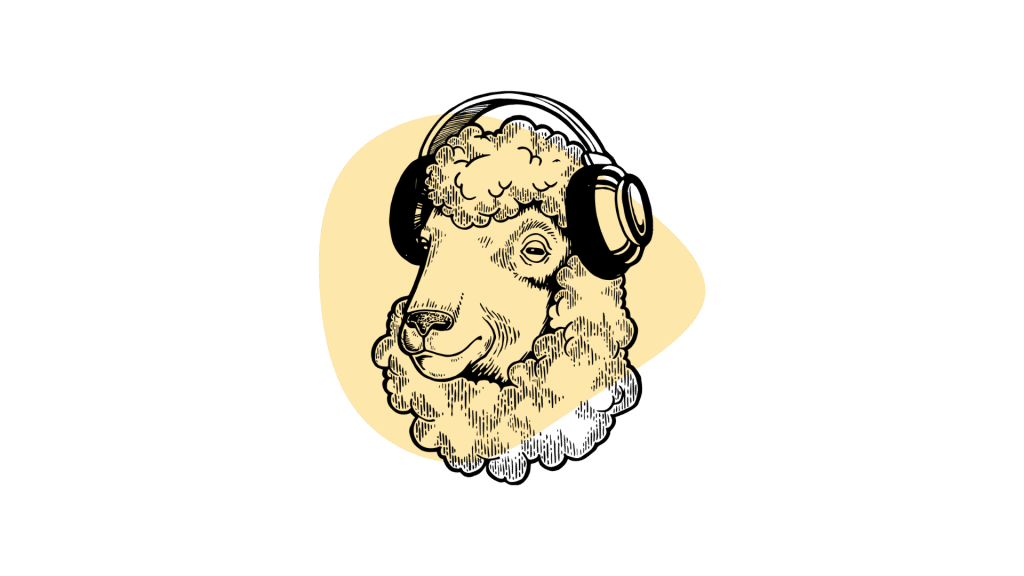
III. Atypical Dream Inducers
There are also a few alternative techniques of products that can result in more vivid or fantastical dreams.
1. Binaural Beats
A binaural beat is a set of two different sounds with slightly different frequencies played in each ear. The two tones combine to create an illusion of a completely different sound in the mind. Depending on the frequency produced by the sounds, binaural beats are believed to induce different states of consciousness; some are specifically designed to induce lucid dreaming.
2. Stilton Cheese
Many kinds of cheese have been associated with inducing strange dreams, but a study published in 2015 found that Stilton cheese, in particular, had the highest affinity for altering dreams [15]. Eating Stilton cheese before going to bed could facilitate lucid dreaming.
3. Meditation
Meditation has held a crucial role in lucid dreaming and dream recall since at least the 6th century after the advent of the Vajrayana Buddhism practice of dream yoga.
The idea is that we’re most spiritually “awake” during deep, dreamless sleep — and most spiritually “asleep” during waking consciousness. Learning to practice a form of meditation called dream yoga can help us come to this and many other deep realizations about life.
Unsurprisingly, one of the core aspects of meditating in the dreamland (AKA lucid dreaming) is to spend time in meditation while we’re awake.
A 2018 study discovered that people who regularly practice mindfulness meditation experience lucid dreams more frequently than those who do not [12]. Researchers noted that simple stress-reduction-based meditation did not have the same effect.
There are three potential reasons for this:
- People who practice mindfulness meditation have greater meta-awareness — which refers to one’s capacity to be aware of one’s conscious thoughts & experiences. Users are therefore more likely to realize they’re dreaming, thus initiating lucidity [13].
- Mindfulness meditation increases theta brain-wave activity — The higher the levels of theta wave activity during sleep, the more likely we are to remember our dreams [14].
- Meditating before bed may clear your mind from stresses that accumulate throughout the day — leaving more room for the prefrontal cortex to process new information and memories, including dreams.
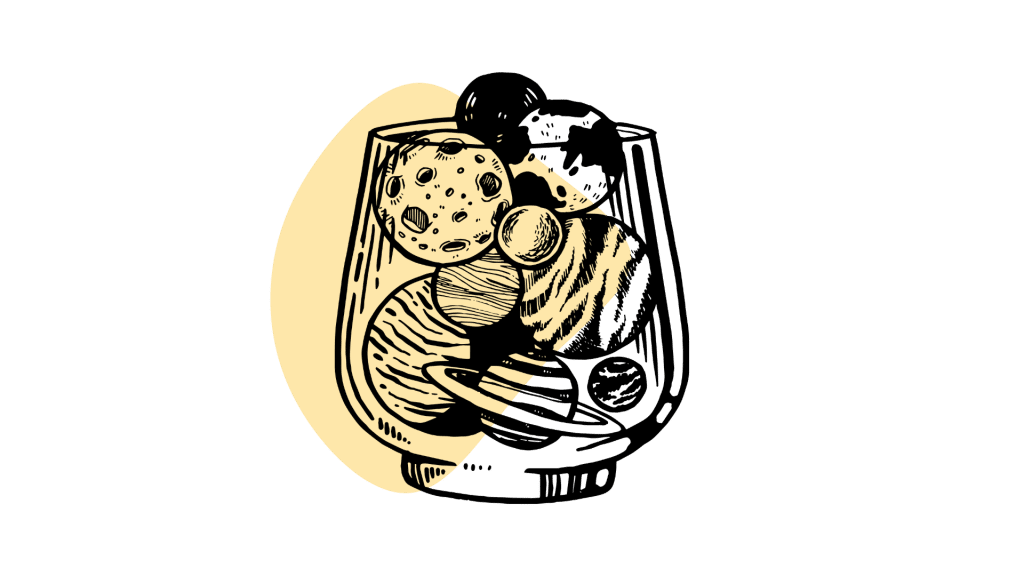
Dream FAQs
We’ve covered a lot, but this topic is incredibly complex. Here are some of the most common questions we get asked.
1. What is Lucid Dreaming?
A lucid dream refers to any dreams where the dreamer is aware they’re dreaming. These can be dark or disturbing, or pleasant and insightful.
Anybody can train themselves to lucid dream, and there are a variety of common techniques people have used to increase the chances of having one.
Over time, lucid dreamers (referred to as oneironauts) can learn to control their lucid dreams. This practice can be fun but also offers practical benefits — such as improving creativity and problem solving or treating nightmares.
Related: How To Start a Dream Journal.
2. What is Oneironautics?
Oneironautics is the practice of consciously traveling through dreams. This is achieved by first learning how to lucid dream and then developing methods of controlling the dream itself.
Traveling into the dreams of others is referred to as dream telepathy.
Obviously, there’s never been any evidence this concept is possible, but there are some interesting anecdotal reports of shared dream experiences.
Traditional healers and shamans have used concepts similar to this, such as soul retrieval, during which the shaman enters the minds of others through dreams to retrieve fragments of the soul that have become dislodged — often with the help of entheogenic plants and fungi.
3. What is Oneiromancy?
Oneiromancy refers to the practice of dream interpretation for the purpose of telling the future.
The practice of using dreams for divination has been around longer than written text. This task was usually left up to the medicine men and women, shamans, and religious leaders of the community. They would use dreams to find new sources of food, predict upcoming disasters or threats, treat illness, and more.
4. What is Oneirology?
Oneirology refers to the scientific study of dreams.
Psychologists and researchers have been contemplating and studying dreams since 300 BCE by the likes of Aristotle, Sigmund Freud, Carl Jung, Stephen LaBerge, and many others.
5. What is Oneirophrenia?
Oneirophrenia is a mental disorder involving dreamlike hallucinations. It’s associated with prolonged sleep deprivation, drug use (such as amphetamines or synthetic cathinone), and sensory deprivation.
6. What is a Dreamcatcher?
“Dreamcatchers” are handmade woven “webs” used to protect young children as they sleep by catching dreams that may mean the children harm.
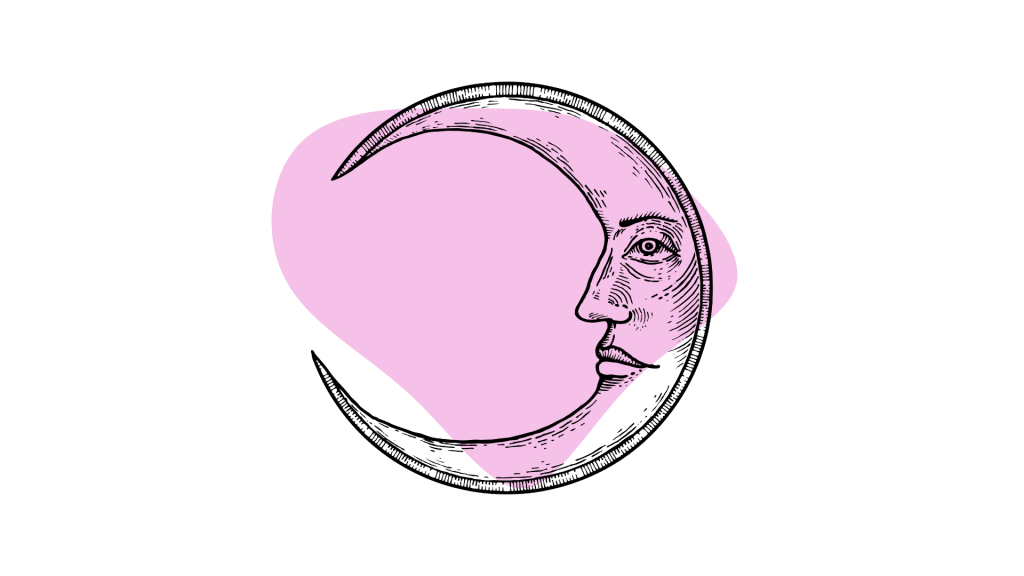
Final Thoughts: Substances That Make You Dream
As you can see, there are many ways to enhance your dreams — many are safe in most circumstances. With practice, the right tools, and a healthy state of mind, you can ease your way into lucid dreaming.
If you still have questions you’d like us to answer or feel this page is missing something, please reach out to high@tripsitter.com or use our contact form.
References
- Nzowa, L. K., Barboni, L., Teponno, R. B., Ricciutelli, M., Lupidi, G., Quassinti, L., … & Tapondjou, L. A. (2010). Rheediinosides A and B, two antiproliferative and antioxidant triterpene saponins from Entada rheedii. Phytochemistry, 71(2-3), 254-261.
- Nzowa, L. K., Teponno, R. B., Tapondjou, L. A., Verotta, L., Liao, Z., Graham, D., … & Barboni, L. (2013). Two new tryptophan derivatives from the seed kernels of Entada rheedei: effects on cell viability and HIV infectivity. Fitoterapia, 87, 37-42.
- Hirst, M. (1997). A river of metaphors: Interpreting the Xhosa diviner’s myth. African Studies, 56(2), 217-250.
- Sobiecki, J. F. (2012). Psychoactive ubulawu spiritual medicines and healing dynamics in the initiation process of Southern Bantu diviners. Journal of Psychoactive drugs, 44(3), 216-223.
- Hemminki, K., Zhang, L. F., Krüger, J., Autrup, H., Törnqvist, M., & Norbeck, H. E. (1994). Exposure of bus and taxi drivers to urban air pollutants as measured by DNA and protein adducts. Toxicology letters, 72(1-3), 171-174.
- González, J., Prieto, J. P., Rodríguez, P., Cavelli, M., Benedetto, L., Mondino, A., … & Torterolo, P. (2018). Ibogaine acute administration in rats promotes wakefulness, long-lasting REM sleep suppression, and a distinctive motor profile. Frontiers in pharmacology, 9, 374.
- Birks, J. S. (2006). Cholinesterase inhibitors for Alzheimer’s disease. Cochrane database of systematic reviews, (1).
- LaBerge, S., LaMarca, K., & Baird, B. (2018). Pre-sleep treatment with galantamine stimulates lucid dreaming: A double-blind, placebo-controlled, crossover study. PLoS One, 13(8), e0201246.
- Mathews, M., Basil, B., Evcimen, H., Adetunji, B., & Joseph, S. (2006). Mirtazapine-induced nightmares. Primary care companion to the Journal of clinical psychiatry, 8(5), 311.
- Savage, R. L., Zekarias, A., & Caduff-Janosa, P. (2015). Varenicline and abnormal sleep-related events. Sleep, 38(5), 833-837.
- Rechtschaffen, A., & Maron, L. (1964). The effect of amphetamine on the sleep cycle. Electroencephalography and Clinical Neurophysiology, 16(5), 438-445.
- Baird, B., Riedner, B. A., Boly, M., Davidson, R. J., & Tononi, G. (2019). Increased lucid dream frequency in long-term meditators but not following mindfulness-based stress reduction training. Psychology of Consciousness: Theory, Research, and Practice, 6(1), 40.
- Davidson, R. J., & Kaszniak, A. W. (2015). Conceptual and methodological issues in research on mindfulness and meditation. American Psychologist, 70(7), 581.
- Lagopoulos, J., Xu, J., Rasmussen, I., Vik, A., Malhi, G. S., Eliassen, C. F., … & Ellingsen, Ø. (2009). Increased theta and alpha EEG activity during nondirective meditation. The Journal of Alternative and Complementary Medicine, 15(11), 1187-1192.
- Nielsen, T., & Powell, R. A. (2015). Dreams of the Rarebit Fiend: food and diet as instigators of bizarre and disturbing dreams. Frontiers in psychology, 6, 47.

